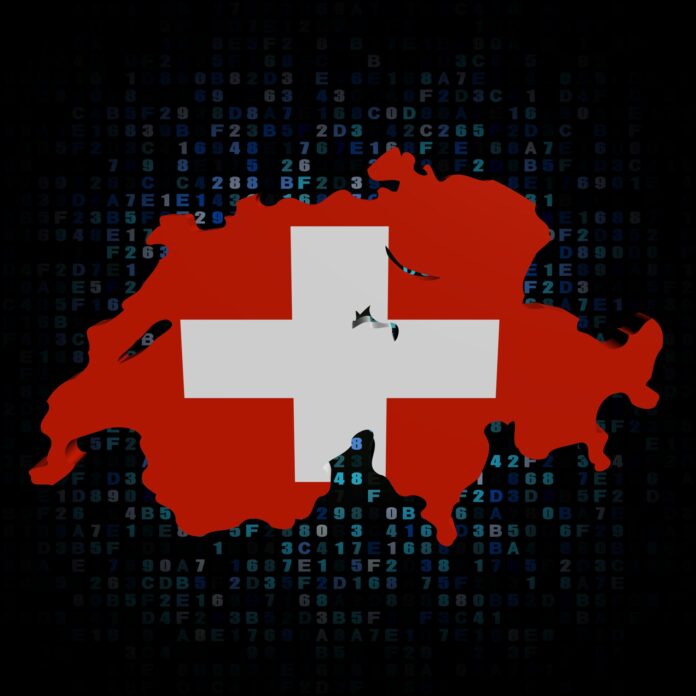Swiss state-controlled telecoms group Swisscom said that the rollout of its 5G network was experiencing some obstacles due to the government’s resistance to installing upgraded antennas.
“In Switzerland, there is a big debate on 5G, a lot of fake news around 5G. And the government, actually, it’s not very supportive on this topic. So we have still not an established method to measure beamforming,” Swisscom’s CEO Urs Schaeppi said during a conference call with investors.
“The 5G has a new antenna types. And for this, you need a new mechanism to measure the radiation. The government hasn’t established the specification, and this leads to the challenge that a lot of regional governments are blocking the building of antennas,” he said.
Schaeppi said that the new specification from the government is not likely to be available before the end of this year. “So that means in several districts in Switzerland, we will have problems to build 5G networks. This is mainly in the French part of Switzerland. We will have a bit of slower rollout of 5G in several areas,” he added.
Switzerland’s Federal Council recently decided to keep current 5G radiation exposure limits, and also announced plans to further monitor the effects of the next-generation mobile technology.
In a statement, the cabinet said it aimed to protect the population from non-ionizing radiation by maintaining its limits. The cabinet highlighted the role 5G can play in digitalization but added that it is also considering concerns raised by some citizens about this technology.
The government also decided to implement a range of measures including further development of radiation exposure monitoring and creation of a new environmental medical advice center for non-ionizing radiation.
In its earnings statement, Swisscom also said that its 5G network already reaches 90% of the country’s population. The carrier’s network was commercially launched in April 2019 using equipment from Swedish vendor Ericsson. Initially, the new technology was launched 54 cities and communities in Switzerland, including Zürich, Bern, Geneva, Basel, Lausanne and Lucerne.
Swisscom used Ericsson Spectrum Sharing software that shares spectrum between 4G and 5G carriers based on traffic demand to reach nationwide 5G coverage with 5G-ready 4G radios.
In February 2019, Switzerland’s Federal Communications Commission (ComCom) had raised CHF380 million (currently $395 million) after it awarded 5G frequencies to local mobile operators Salt, Sunrise and Swisscom.
Salt secured 20 megahertz in the 700 MHz band, 80 megahertz in the 3.5 GHz band and 10 megahertz in the 1.4 GHz range.
Sunrise purchased 10 megahertz in the 700 MHz band, 100 megahertz in the 3.5 GHz range and 15 megahertz in the 1.4 GHz band. The carrier also secured an additional 10 megahertz in the 700 MHz band.
Meanwhile, Swisscom secured 30 megahertz in the 700 MHz band, 120 megahertz in the 3.5 GHz band and 50 megahertz in the 1.4 GHz band.

